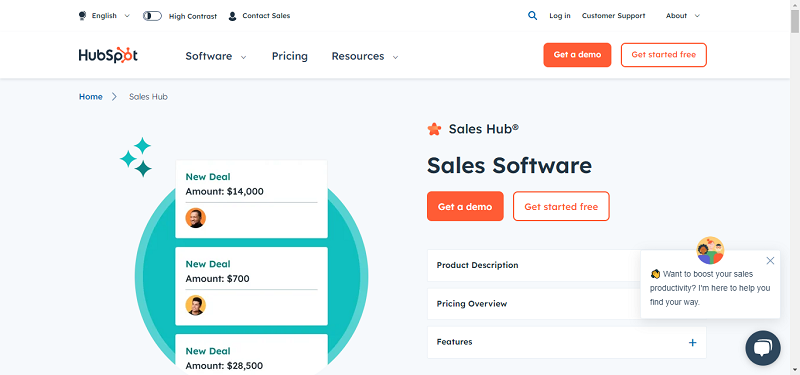Technology is now playing an increasingly pivotal role in our daily lives, so much so that several people take it for granted. While it undoubtedly aids the lives of the able-bodied, the benefits that it can bring to the disabled are huge in comparison.
There is already cloud-based technology that is can automatically configure any internet-connected device to meet the needs of individual users with disabilities. Run by ‘Raising the Floor’ (a consortium of sixty academic institutions, businesses and non-government organisations), the project hopes to build an “on-demand, personalised and accessible on-ramp to the internet”.
It is expected that the project, called ‘Global Public Inclusive Infrastructure’ (GPII), will have a significant impact in the field of higher education. Ron Stewart, Chairman and Technology Advisor for AHEAD (Association on Higher Education and Disabilities), believes that despite the impressive selection of devices that students bring to a university campus, several disabled students are not sufficiently aware of how to use assistive technology and software – and thus hinder their prospects of successful negotiating university life.
GPII has two key benefits. The first benefit is a wizard that will help guide users to identify which technologies and features will be most beneficial for their individual needs. That could be something as simple as the most effective screen background for a partial-sighted person, through to speech recognition and machine translation for those with speaking difficulties.
The second benefit is a cloud-based profile that allows a user to store their preferences, permissions and settings and apply them to any device. The user would have a simple identifier – such as a biometric profile, a USB stick or a NFC tag – which can be easily plugged into any device of their choosing.
It’s not just in the education sector where cloud computing is helping people with disabilities. Websites are now being designed specifically for people who suffer from cognitive disabilities. A good example is the Medicaid website in the United States. The website includes simple navigation with progress indicators, content that has been edited to be easy to understand, access to definitions of long or unfamiliar words, audio presentations of all the important information, and an accessible log of all choices made and entered on the site.
Governments around the world are so keen to help people with disabilities get online that they are running public competitions specifically with the aim of coming up with new ideas. The entries of one recent contest on the Challenge.gov website saw ideas as diverse as a wireless audio GPS aid and an open-source web toolbar to raise the level of a particular website’s accessiblity – providing users with new methods to browse and create content.
Do you know someone who suffers from a disability? What technology do they use to help improve their quality of life? Do you have an idea which could revolutionise the way disabled people interact with the internet?
By Daniel Price





